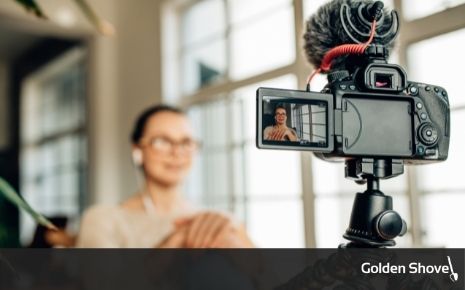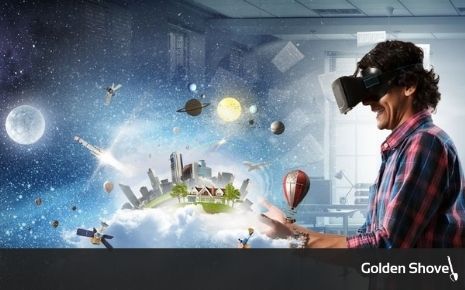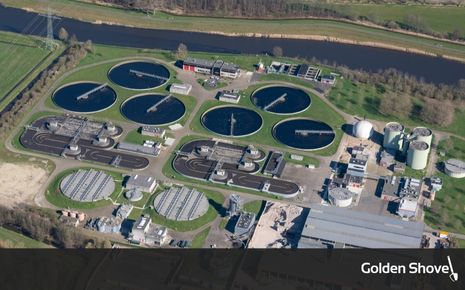Should Economic Developers Use Traditional or 360-Degree Video?

8 Mar 2023
News, Video
When you're building out a marketing strategy to achieve the vision you have for the future of your community, the question that economic developers have about video is no longer, "Should we use video?" but "What kind of video should we use?"
Before we go any further, don't lose sight of the role that video plays in your marketing strategy. What marketing is supposed to do is connect with people, nurture a relationship with them, and lead them to action. The way you do this is by creating different touchpoints where your prospects can learn about you, what you have to offer, and then gain confidence that by choosing you, they're making the right decision.
Ask a Different Question - What Video Format for This Project
Think of how your videos fit into your whole marketing strategy and how you're going to speak to different phases in your prospects' decision-making journey. When you keep that whole journey in mind, you'll remember that you're not done after you create one video and that you need to have a library of digital assets to deliver different messages.
That changes the question to -- what video format should we use for this project? You'll be on your way to getting your answer when you contemplate the following three questions.
What Experiences Do You Want?
If you want to give people a sense of place and make them feel like they've really visited your community, then 360-degree video delivered with Virtual Reality goggles is what you need because the immersive experience creates an intense physiological response in the brain.
Can you do a community tour with a traditional video? Of course, you can. You can take your view to all of the places that you can with a 360-degree video but it's going to be a different experience.
Virtual Reality isn't the only way to stimulate a brain response. You can activate empathy and guide viewers to action or change of attitude with traditional video when you share a story that takes people up and over the dramatic arc.
When you're talking of experience, it's not just the video experience that you need to consider. Adding video to a web page can enhance your website visitor's experience. Videos will keep on your page longer. Not only will time-on-page help your search position, but Google notices when you have videos on your web pages and uses that as a ranking factor as well.
How Do You Want to Deliver the Video?
Some economic developers are shipping the VR goggles loaded with their community videos to prospects as part of a very targeted outreach strategy. Interacting inside the 360-degree video for a virtual meeting takes the relationship and the decision-making process to the next level.
White 360-degree video is best experienced with VR goggles, you can also upload it to YouTube or other video hosting services, and embed it on your website.
Traditional and 360-degree videos are immensely shareable and searchable on YouTube. YouTube is part social media channel, part search engine, and provides your video the opportunity to show up in search results and as related content depending on the viewer's history. YouTube is also an advertising platform so you can push out your message to a defined target audience.
When it comes to social media, traditional videos may be the best way to publish messages that can be viewed in less than a minute. Because most social channels want to keep you on their platform, you should directly upload your media or live stream.
How Consistently Can You Publish New Videos?
Your ability to consistently publish new videos is going to be based on your budget, in-house abilities, and your goals.
The cost of 360-degree video is coming down as the technology matures but not everyone is equipped to shoot and edit 360-degree video. Editing requires specialized equipment and software, and the training to go along with it. Professional equipment should be used to capture the footage and there are many factors that go into staging the scene.
There's also an art and science to creating traditional video. Getting a good result takes training and practice but many people are learning to shoot and edit videos. DIY content can have a place in your video strategy if it's don't well but unless your in-house talent is professional quality, you shouldn't count on it to create every video that you need.
Some tech-savvy economic developers are using vlogs (video blogs) to post updates to social media and DIY videos for on-the-spot coverage of events. With some attention to audit and lighting, a smartphone may be all you need to create an ongoing stream of content.
Build a Library of Video Assets
Instead of thinking about video as the big splash in your economic development marketing strategy, think of it as the ship that's going to deliver your message to many destinations. In order to do that, you need to have a library of video assets that are going to create the multiple touchpoints you need to engage with your audience and nurture their relationship with you. That's what marketing is all about.
More Topics





